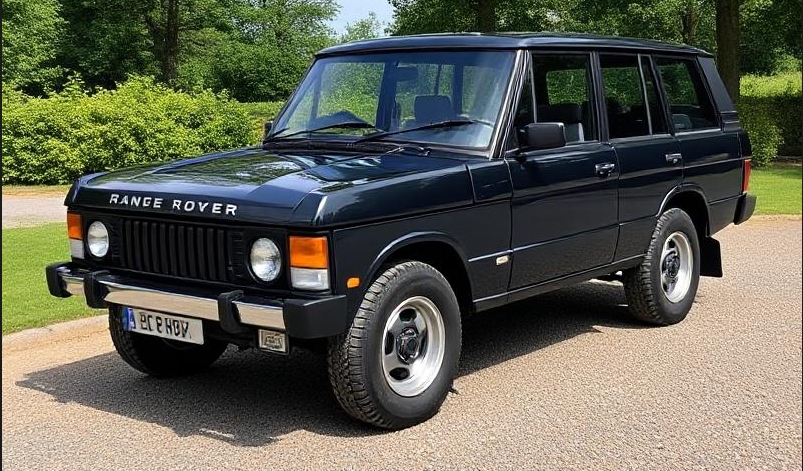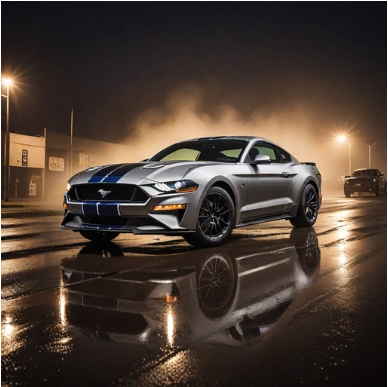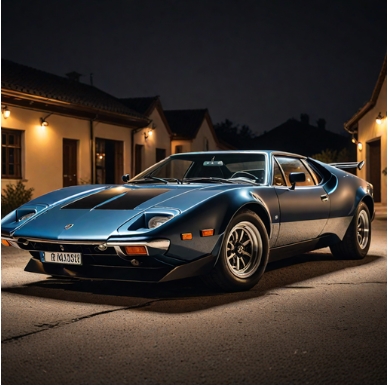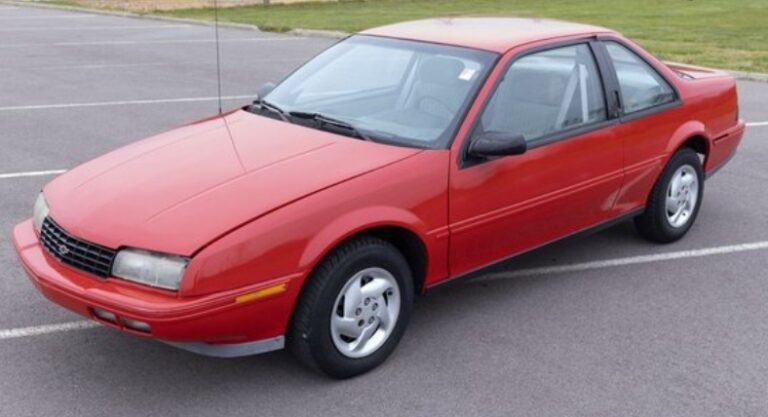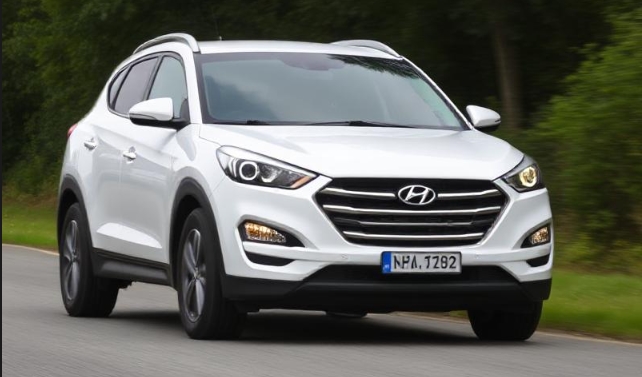The Evolution of the Range Rover Classic: A Landmark in Luxury and Off-Road Capability
The Range Rover Classic is a pioneering vehicle in the automotive landscape, representing the genesis of the luxury SUV segment. Initially introduced in 1970, the Range Rover Classic set the standard for what a luxury four-wheel drive should encompass, expertly marrying rugged capability with sophisticated styling. Its legacy continued until 1996 when production ceased, making way for a modern successor while the classic variant remains a beloved icon. This article will explore the evolution of the Range Rover Classic, detailing the various models and trim levels offered during its production run.
1970-1972: The Birth of an Icon
The Range Rover Classic was unveiled in June 1970 at the 1970 Brussels Motor Show as a 1971 model. Developed by British Leyland, the first iteration of the Range Rover was referred to internally as the “Two-door.” It was originally conceived as a utilitarian vehicle, combining the off-road capabilities of Land Rover’s existing models with automotive luxury.
- Trim Levels: The initial offerings included a base model with minimal options and an “E” upgrade that featured enhanced trim.
The original Range Rover was powered by a 3.5-liter V8 engine. This model featured a body-on-frame construction and a permanent four-wheel drive system, which was groundbreaking for its time.
1973-1980: The Expansion of Options
As the Range Rover began to gain popularity, Land Rover introduced additional options that appealed to more luxurious tastes.
- 1973-1974: In these early years, Land Rover began to offer additional features such as leather upholstery, power steering, and a larger selection of color choices. Introduced in 1974, the Range Rover “S” offered a higher level of luxury with advanced features such as air conditioning and alloy wheels.
- 1977: The arrival of the Range Rover “Country” trim level introduced buyers to a more rugged aesthetic and features tailored for off-road enthusiasts.
1979 marked a significant year in the evolution of the Range Rover Classic, as Land Rover introduced its first-ever automatic transmission option.
1980-1989: Refinement and Diversity
The 1980s saw considerable refinements and further variations for the Range Rover Classic. The overall design remained relatively consistent, but various enhancements were made to boost luxury and performance.
- 1981: The Range Rover “Deluxe” was introduced, which featured chrome bumpers and enhanced interior appointments.
- 1985: The company unveiled the Range Rover “Turbo Diesel,” which was powered by a 2.4-liter turbocharged diesel engine. This model catered to global markets where diesel engines were preferred, particularly in Europe and emerging markets.
These models featured significant upgrades in technology and comfort, including improved sound insulation and more advanced climate control systems.
1990-1995: The Era of Technology and Comfort
The early 1990s marked a period of significant technological advancement for the Range Rover Classic. This era introduced not just cosmetic updates but also major enhancements in performance and comfort.
- 1992-1995: The Range Rover “Autobiography” was offered as a limited-edition model, marking the transition of the Range Rover into a more bespoke luxury market. Customers were able to choose from a variety of personalized options, including custom leather interiors, unique paint colors, and upgraded sound systems.
The 1993 model year brought forth improvements in suspension and a revamped version of the iconic 3.9-liter V8 engine. The introduction of the 4.0-liter V8 engine in 1994 provided more power and efficiency, allowing for a performance-driven experience.
Additionally, this time period saw the introduction of electronic stability controls and traction control systems, further enhancing the Range Rover Classic’s off-road capabilities.
.
MANY auto lovers not only spend time in their garages to tinker on their autos, but have other projects going on in there as well. Wood working is a popular pastime for the creative type of individual. Not sure what to make next? Or thinking about getting into this kind of hobby? There’s lots of possibilities… Here’s some of them…

.
1996: The Final Year of Production
The final production year for the Range Rover Classic was 1996. By this point, the vehicle had solidified its reputation as a king among luxury SUVs.
- Special Edition Models: Land Rover introduced limited-edition models to commemorate the end of production. Notably, the Range Rover “Final Edition” was loaded with the most luxurious features available, including leather-wrapped interiors, premium sound systems, and innovative design elements.
By the end of its production run, more than 300,000 units of the Range Rover Classic had been manufactured.
Legacy and Impact
The impact of the Range Rover Classic on the automotive industry cannot be understated. It established the luxury SUV segment and influenced a generation of vehicles that followed. Land Rover’s philosophy of combining luxury with rugged capability set the groundwork for numerous manufacturers, prompting the evolution of SUVs to include both opulence and off-road prowess.
As time passed, many enthusiasts appreciated the Range Rover Classic for its timeless design and high level of customization, sparking a market for restored and modified versions. This ongoing interest has kept the Classic alive in automotive culture, resonating with collectors and off-road enthusiasts alike.
Conclusion
The evolution of the Range Rover Classic reflects not only the trends in automotive design and technology but also the changing consumer desires for luxury and capability in SUVs. From its humble beginnings as a utilitarian model to its transformation into a customizable luxury icon, the Range Rover Classic garnered a fanbase that continues to flourish even decades after its production ceased. The Range Rover Classic stands as a testament to the vision of blending luxury with practicality, setting the stage for future generations of SUVs to follow.
